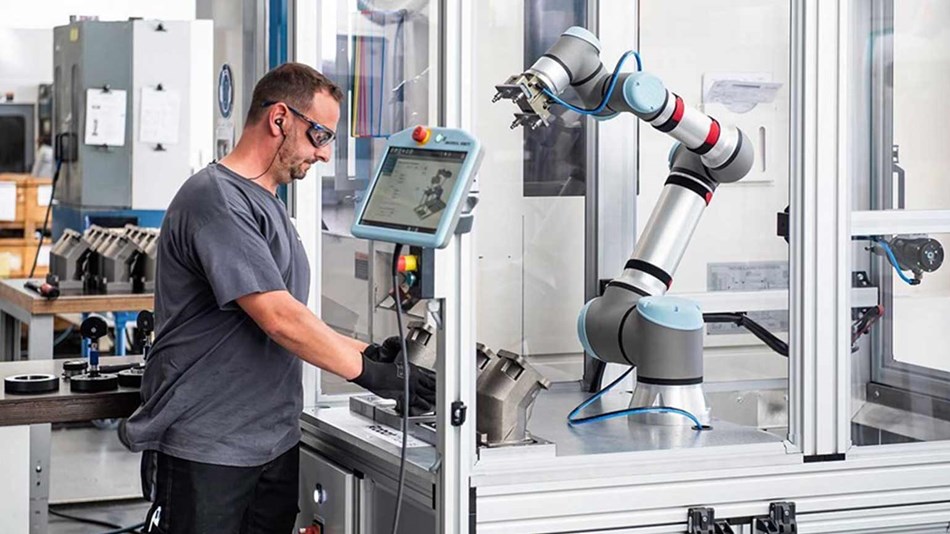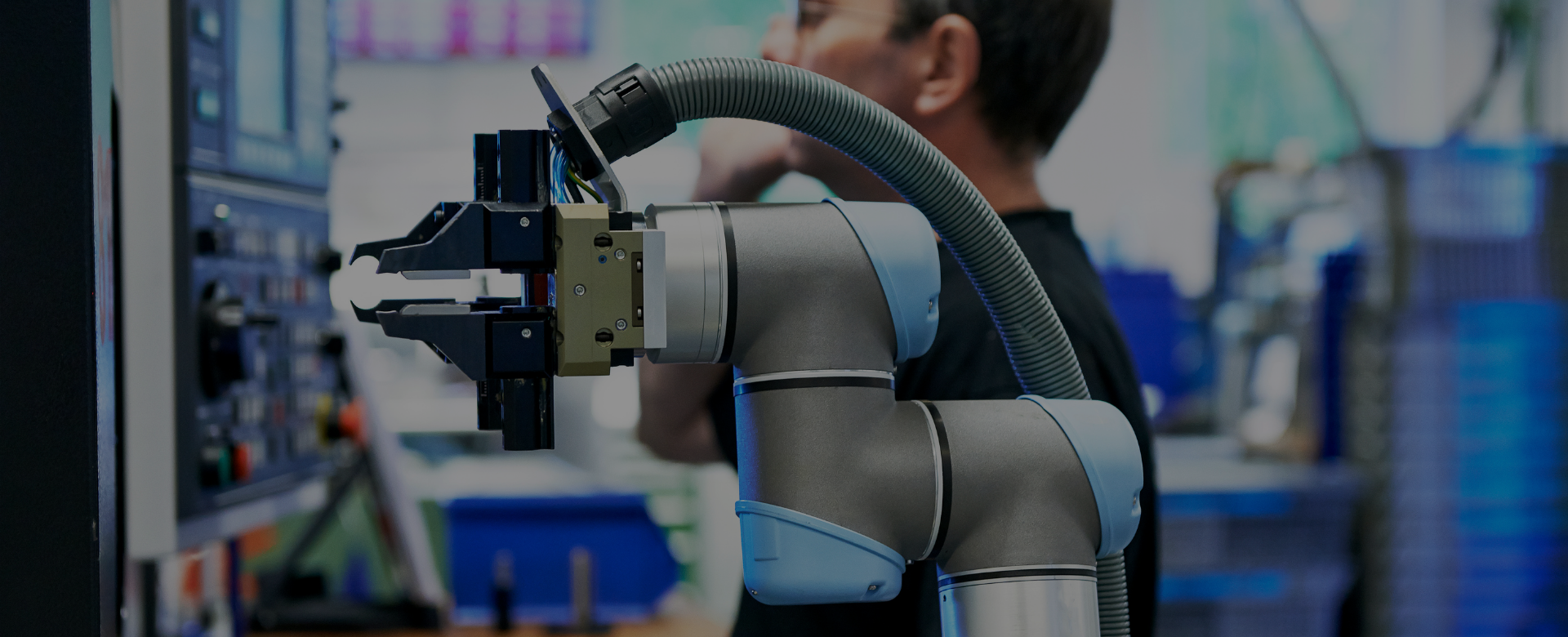Automation Sensor Technology
Advances in automation sensor technology have unlocked a new era of innovation; allowing robots to understand their environment, as well as their impact on the objects they are programmed to manipulate.
For example, proximity sensors allow a robot to measure how close an object is, but understanding the size and shape of an object it needs to manipulate requires multiple sensors working together.
It’s about more than producing an image. The smart 3D robot vision sensors used by cobots rely on a variety of sensors working together. Depending on their application, cobots may require a combination of up to 7 different types of sensors:
Light Sensors can be used by cobots to provide context to the information generated from other sensors. This can be extremely useful in generating a comprehensive, 3D image of the objects they are manipulating.
Sound Sensors can allow for audible instructions to be received, or they can scan the surrounding area (similar to SONAR) using differences in sound frequencies to build a map of its environment.
Proximity Sensors rely on electromagnetic radiation being transmitted and received by parallel sensors. Three types of proximity sensors are typically found in robots:
IR transceivers can detect the reflection of light and help alert the cobot to a nearby object. Sound waves can also be used, similar to an ultrasound. And photoresistors measure changes in the presence of light, alerting the cobot to changes in light intensity as an object approaches.
Tactile Sensors rely on surface contact to complete a circuit. Elevator buttons are a widely known example - when you press on an elevator button, it temporarily completes a circuit which the computer translates into a command.
In manufacturing automation, tactile sensors perform a crucial role in letting cobots know when they’ve come into contact with an object. Meanwhile, force sensors can be used to inform a cobot as to how strong of a grip its gripper is exerting.
Temperature Sensors convert changes in voltage to temperature readings. Measuring the temperature of an object is critical to ensuring the desired outcome in some processes. For example, if materials get too warm, they could bend or melt. If they’re too cold, expansion could reduce the accuracy of measurements.
Navigation Sensors are used to help cobots understand their geographical location. In the fulfillment centers mentioned earlier in this article, robots use navigation sensors to help them make their way around the warehouse without getting lost or wandering into a restricted area. Cobots can receive geolocation information with the help of satellites (GPS) or magnetic fields (compass).
Cobots generally operate in a defined work space or cell, so GPS is not accurate enough to be useful. However, a digital magnetic compass could be used to confirm the orientation of a manufacturing arm, for example.
Acceleration Sensors help robots understand how quickly they are increasing or decreasing in velocity as they move around. Accelerometers can measure both speed and orientation. Dynamic force is a critical measurement for cobots as they manipulate objects. Without these advanced sensors, automation machines would not be able to intelligently interact with their environments.
Interested in learning more about automated manufacturing?
We’ve barely scratched the surface in this article. Automation is helping manufacturers evolve, thanks to solutions that are flexible enough to complete complex tasks. Universal Robots is at the forefront of this evolution, with a proven lineup of collaborative robots (cobots).
You can book a robot demo based on your specific needs, or get in touch with an expert to discuss your company’s next evolution.












